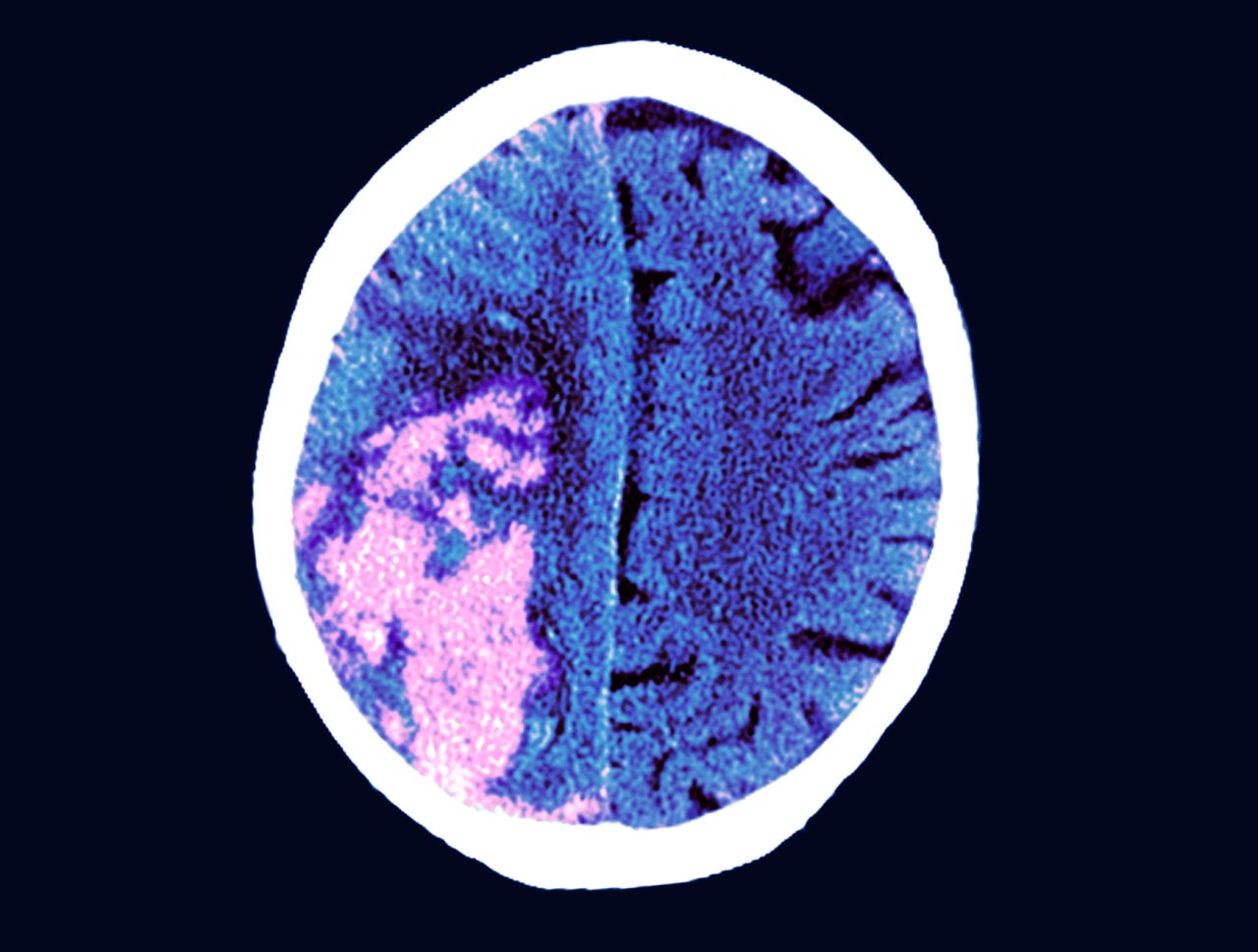Types of Seizures

A sudden surge of electrical activity in the brain causes all seizures - but there are many different types of seizures with a wide range of symptoms.
Brain cells (neurons) communicate with each other through electrical activity caused by complex chemical messengers known as neurotransmitters. Normally, some neurons excite or slow down other brain cells as needed, creating a balance in brain activity.
But sometimes, due to various causes, the internal balance inside the brain is disrupted by a surge of electrical activity. The result is a seizure.
Seizures are not a disease but symptoms of many different disorders affecting the brain. And, because parts of the brain control different movements, experiences, and behaviors, types of seizures, and how they impact a person can vary, the Epilepsy Foundation explains.
YOU MIGHT ALSO LIKE: What Is a Seizure?
Understanding categories of seizures
Seizures are divided into two main categories — focal seizures and generalized seizures. However, there are many other types of seizures within each of these designations.
About 60 percent of people with epilepsy have focal seizures, which means their seizures originate in a single part of the brain. In fact, they are usually categorized by the area of the brain where the seizure activity occurs (such as frontal lobe seizures or medial temporal lobe seizures).
Some people who experience focal seizures remain conscious but have rushes of emotional feelings — including suddenly feeling joyful, sad, or angry. Hearing, seeing, tasting, or feeling things that aren’t real, along with having movement in just one part of the body, are possible symptoms, too, according to the National Institute of Neurological Disorders and Stroke (NINDS).
Focal seizures can also sometimes produce a dream-like change in consciousness and repetitious behaviors (including blinks and twitches and repetitive movements like walking in a circle). Usually, these seizures are very brief, lasting only one or two minutes.
Generalized seizures differ from focal seizures because they are caused by abnormal neuron activity on both sides of the brain. These seizures can cause unconsciousness, falls, and severe muscle contractions.
There are many types of seizures in the generalized category:
- Absence seizures cause the person to stare, with or without slight twitching of the muscles.
- Tonic seizures result in stiffening of muscles, primarily in the back, legs, and arms.
- Clonic seizures cause repeated jerking movements of muscles on both sides of the body.
- Myoclonic seizures are marked by jerks and twitches of the upper body, legs, or arms.
- Atonic seizures cause a loss of muscle tone, often resulting in falls.
- Tonic-clonic seizures cause multiple symptoms, including a loss of consciousness, stiffening of the body, and jerking of arms and legs.
Not all types of seizures easily fit into either the focal or generalized category, according to the NINDS. Some people experience focal seizures that spread to the entire brain. Others may have both kinds of seizures without an apparent pattern.
Epilepsy can involve several types of seizures
Epilepsy is a chronic disorder characterized by seizures that recur and are unprovoked — meaning they are not caused by any known and reversible medical cause (such as extremely low blood sugar or high fever). While it’s true some seizures in epilepsy are believed to be related to brain injuries or may seem to “run” in a family, often there’s no known explanation for the disorder.
Many people with epilepsy experience several focal and generalized types of seizures and may have other neurological symptoms, as well, the Epilepsy Foundation explains.
How the brain is affected by a seizure and how long it lasts all have serious impacts on individuals, affecting safety (including the ability to drive and work) and relationships. That’s why understanding what epilepsy is and working with an epilepsy specialist is important to find anti-seizure medicines and other treatments that work best to control an individual’s seizures as much as possible.
Not all types of seizures are epilepsy
It’s possible to have a seizure that will not happen again and is not a sign of epilepsy. For example, several medical conditions can provoke a single seizure — including low blood sugar or very high blood sugar in diabetics, disturbances in electrolytes in the blood (including sodium, calcium, magnesium), eclampsia (extremely high blood pressure) during or after pregnancy, and impaired kidney or liver function. In addition, sleep deprivation, missing meals, or stress can trigger seizures in susceptible people, according to the NINDS.
It’s not uncommon for a child to experience a seizure during the course of an illness that produces a very high fever. Called febrile seizures, these types of seizures rarely recur unless there is a family history of epilepsy or the seizure was unusually complicated or prolonged.
We can’t emphasize this enough: Seek medical care for seizure help
If you are being treated for seizures and your medication is no longer controlling your seizures, or if you have experienced seizures that have not been diagnosed, the Epilepsy Foundation advises seeing a neurologist or epilepsy specialist, or seeking evaluation at an epilepsy center. In addition to medications, there may be new treatment options to explore, including dietary therapy, new or additional medications, clinical trials, devices, and sometimes surgery.
Updated:
December 10, 2019
Reviewed By:
Janet O’Dell, RN